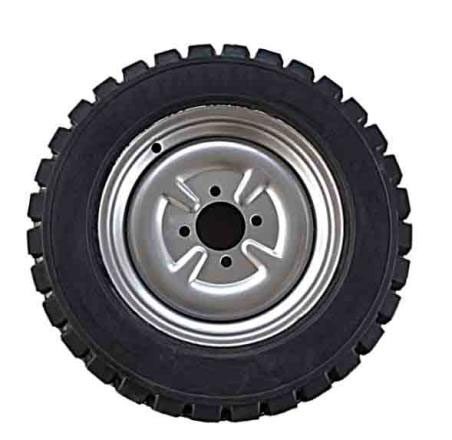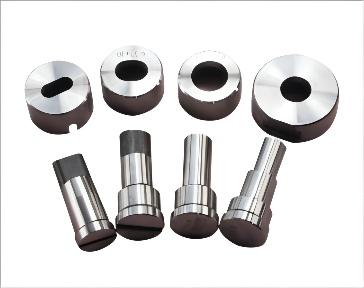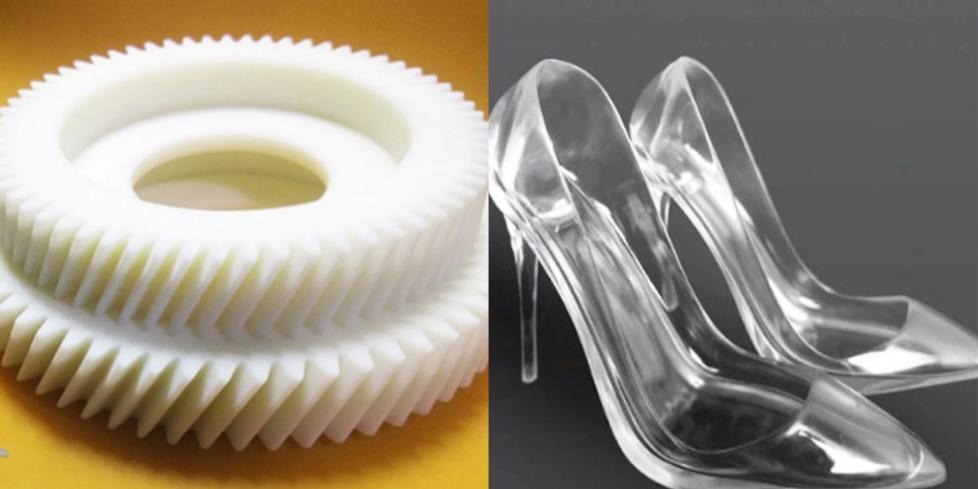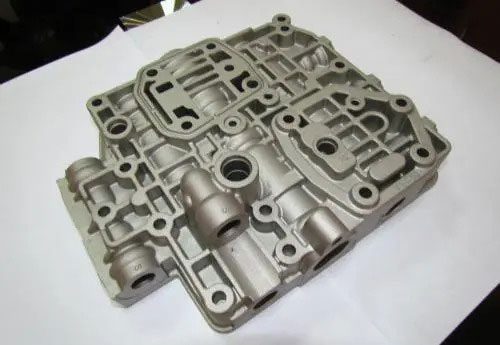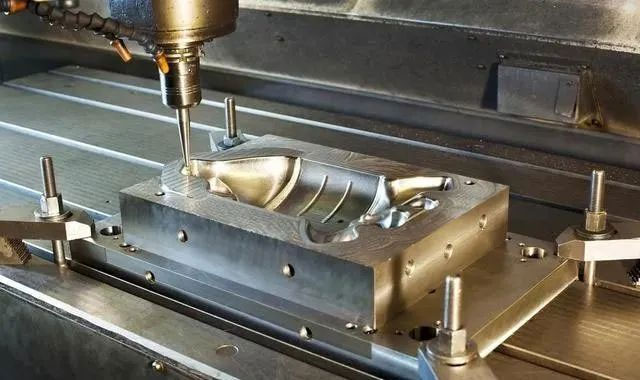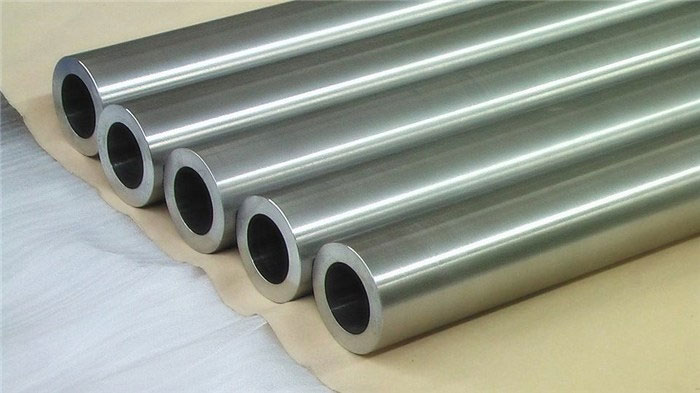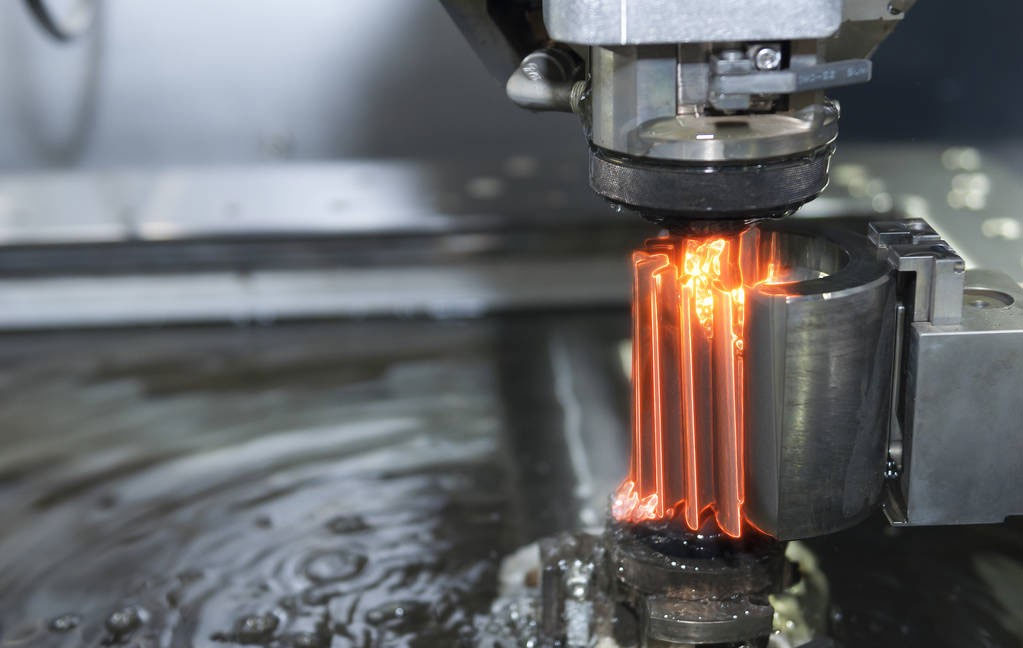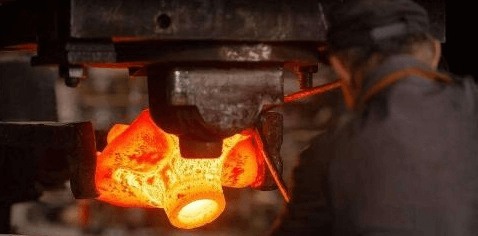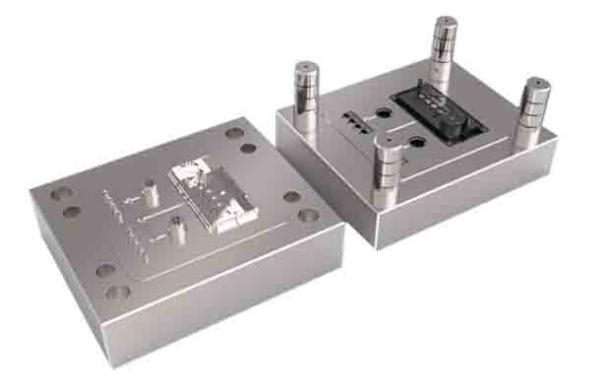As an important pillar of rapid economic development, manufacturing also causes a lot of waste of resources and pollution to the ecological environment. For the manufacturing industry, how to minimize the waste of resources in the manufacturing industry and reduce the harm caused by the manufacturing industry to the environment is a very important issue. The goal of green manufacturing is to minimize the adverse impact on the environment and maximize the efficiency of resource use in the entire product life cycle from design, manufacturing, packaging, transportation, and use to disposal.
Mold is the most important production tool in the manufacturing industry and the most basic equipment in industrial production. The traditional mold design process generally only needs to consider the basic attributes of mold products, such as mold quality, cost, function, life, etc., and rarely considers the waste of resources, energy, and environmental pollution caused by molds.
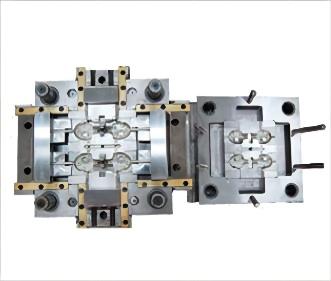
“Green mold” not only refers to the small impact on the environment during use, but also the minimum damage to the environment during the entire product life cycle from manufacturing to use to scrapping. Therefore, the green manufacturing design of the mold should consider the environmental attributes of the molded product (removability of the mold, recyclability, etc.). It is also necessary to consider the basic attributes that the molded product should have, such as the quality, cost, function, life, and so on of the mold. In general, the whole life cycle of mold green manufacturing includes stages such as green design, green manufacturing, green packaging, green transportation, green maintenance, and green recycling.
In the mold manufacturing process, the use of green manufacturing can improve economic benefits, reduce environmental pollution, and make full and rational use of resources. Green manufacturing technology achieves the goals of high technology, less pollution, low cost, and high profit.
Green Design of Mold
At the beginning of mold design, it is necessary to consider the service life of the entire product, as well as all links from the formation of the design concept to the disposal of the product, such as quality, cost, environmental impact, and resource consumption and so on.
(1) Selection of Mold Material
Material selection for green design must be based on green materials. Green materials with low energy consumption, low cost, and low pollution can not only reduce pollution during processing but also be easy to recycle and reuse. Molds are equipment for the production of other mechanical products. During the operation, the mold is often in a state of high temperature, high pressure, and high speed. Therefore, the mold should have the advantages of strong wear resistance and long service life.
Green mold materials should not only consider the properties of traditional materials but also consider the environmental protection issues of materials. The basic properties that green materials should have are:
- Low cost and low pollution.
- Easy to process and no pollution or less pollution during processing.
- Degradable and reusable.
Taking into account the problem of environmental pollution, the material of the mold should be selected with a low content of harmful substances to ensure that a large number of harmful substances will not be produced during the processing. Taking into account the saving of resources, mold materials should choose low-cost and recyclable materials, or choose reusable and degradable materials.
(2) Standardization and Modularization of Mold Design
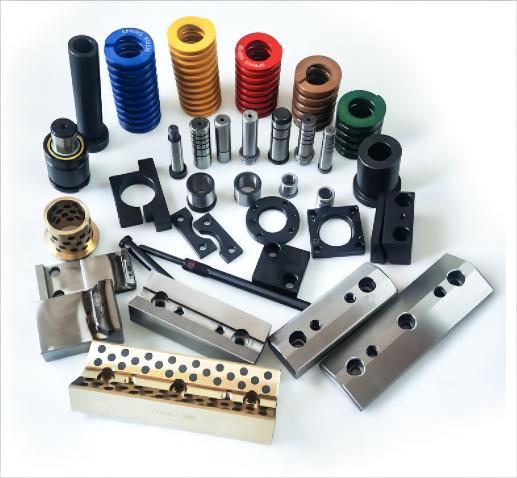
Mold design requires standardization, which are effective measures to improve quality, shorten the cycle and reduce costs in the process of specialized mold production.
① Standard mold base and other standard parts are used.
The mold base and standard parts are produced by specialized enterprises. Usually, after the mold is scrapped, only the convex and concave mold can no longer be used, but the mold base is basically intact, so the use of the standard mold base is helpful for the reuse of the mold base. The standardization of the mold base can greatly reduce the equipment used in the production of the mold base, and better improve the utilization rate of materials. Standard mold bases and accessories can make full use of limited resources, which not only saves resources but also facilitates processing management.
② Standardization, combination, and modularization of each structural unit of the mold
Combination and modular design are to divide and design a series of functional modules based on functional analysis of different products within a certain range. Through the selection and combination of modules, different products can be formed to meet the different needs of the market. In order to make some mold parts universal, interchangeable, and reused, each part should be designed as a standard common component to realize serial product production. Mold enterprises should also strongly support the construction of the CAX platform to achieve construction without drawings, and use these technologies to analyze the finished molds to understand the flow of materials, product strength, and impact resistance. This can realize the systematization of mold design, manufacture, and management, improve work efficiency and shorten the development cycle as much as possible.
(3) Improve the Service Life of the Mold
The longer the lifespan, the lower the relative cost and the more resource-saving. For some stamping dies, the structure can be improved by means of one-model multi-shape, one-shape dual-purpose, or assembled type, thereby improving the usage rate of the die and maximizing the service life of the die.
At the same time, the easy disassembly and cleaning of the mold and the replacement of parts are also effective guarantees for extending the service life of the mold. When the mold parts are damaged, find the replaceable parts in time. When the abrasive tool is scrapped, it is an effective means to extend the service life of the mold to disassemble some of the reusable parts and carry out processing and maintenance, while the rest are treated as scrap.
(4) Packaging Design of the Mold
Packaging materials should be simple or green packaging materials should be used. Non-toxic, recyclable, and degradable environmentally friendly materials and designs should be used on the packaging.
(5) Reduce Noise
In the process of mold design, the mechanical production workshop will produce serious noise pollution. When designing, measures should be taken to reduce noise generation or even eliminate noise. Friction clutches can be used in place of the original rigid clutches in the manufacturing process, soundproofing covers can be used on noise-generating parts, or shock-free mold bases with shock absorbers can be used.
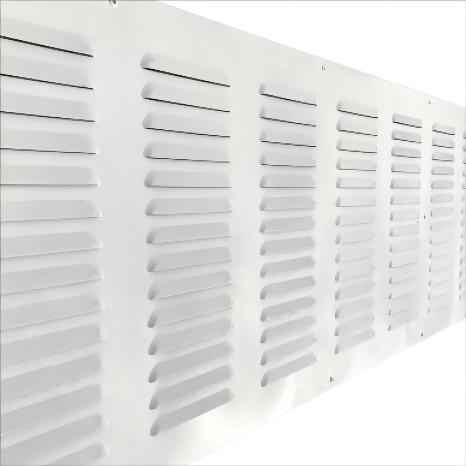
Green Mold Manufacturing Technology
(1) Flexible Manufacturing Technology
Due to the single-piece production method of the mold, the complex processing surface, and the high dimensional and geometric accuracy determine that the mold industry is very suitable for flexible manufacturing technology.
Flexible manufacturing technology is an automated manufacturing system that is composed of a computer control system, a number of numerical control equipment, and material storage devices, and can be quickly adjusted by simply changing the software according to changes in manufacturing tasks and product varieties.
(2) High-Speed Cutting Technology
High-speed machining has been more and more widely used in the industry because it has significant advantages over traditional machining. The production efficiency of high-speed cutting is effectively improved, and the cutting force is reduced by at least 30%. High-speed cutting can obtain high-quality machined surfaces, reduce processing energy consumption, save manufacturing resources, and simplify the processing process.
(3) Chipless Machining
Chipless machining refers to a process in which metal blanks are directly obtained by casting, forging, or other metal processing methods without cutting. Using non-removing material processing methods greatly reduces the consumption of mold materials and is the best process for manufacturing green molds.
(4) Near Net Shape Technology
Near-net-shaping technology refers to a forming technology that can be used as a mechanical component with only a small amount of processing or no processing after the part is formed. It is based on multi-disciplinary high-tech achievements such as new materials, mechatronics, precision mold technology, automation technology, computer technology, numerical analysis, and simulation technology. It is a high-quality, high-efficiency, high-precision, lightweight, low-cost forming technology.
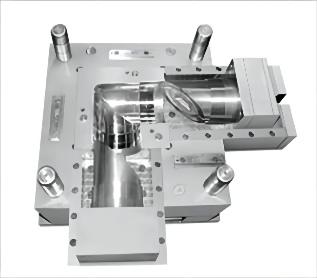
(5) Reverse Engineering Technology
Reverse engineering is a method of quickly obtaining a full digital model of a prototype through various processing when there are existing objects or other references, which is very beneficial to imitating innovation in design or accelerating design and manufacturing.
It is widely used in mold design and manufacture. In-mold design and manufacture, after the full digital model of the product is obtained through reverse engineering, the machining program of the mold is automatically generated with the support of CAM, etc.
(6) Rapid Prototyping Technology
Rapid prototyping technology is a technology that uses different methods to accumulate materials based on the principle of discrete accumulation under computer control, and finally completes the forming and manufacturing of parts. It integrates mechanical engineering, CAD, reverse engineering technology, layered manufacturing technology, numerical control technology, material science, and laser technology, and can automatically, directly, quickly, and accurately transform design ideas into functional prototypes or direct manufacturing parts, so as to provide an efficient and low-cost implementation method for parts prototyping and verification of new design ideas. Rapid prototyping technology is generally combined with reverse engineering technology to rapidly produce prototypes or parts based on fully digital models.
(7) High-Speed Dry Cutting Technology
High-speed dry cutting technology combines high-speed cutting technology and dry cutting technology, extracts the advantages of both, makes up for the shortcomings of high-speed cutting technology and dry cutting technology, and improves the efficiency, flexibility, and precision of the cutting process. At the same time, the high-speed dry cutting technology limits the use of cutting fluid, eliminates the pollution caused by cutting fluid to the environment, and meets the requirements of green manufacturing technology.
(8) Process Simulation Technology
Process simulation technology mainly uses simulation to determine optimal parameters, including mathematical simulation, physical simulation, and expert system synthesis. Process simulation can predict machining defects, control the quality of the workpiece, and optimize the manufacturing plan.
Users do not need to perform extensive experiments to determine these parameters, but only need to make adjustments based on the simulation results. Process simulation technology saves designers time and reduces tooling costs.
Conclusion
JTR can provide CNC Machining, surface finishing, 3D printing, and other processing services. At the same time, as a manufacturing enterprise that hopes to contribute to the sustainable development of society and environmental protection, we have also been working hard on research and development and learning on the road to green manufacturing.


